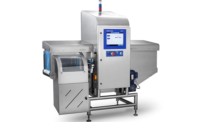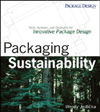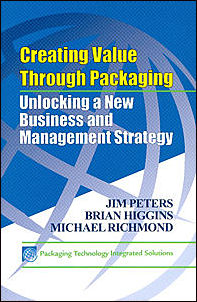Q&A: Inspection & Testing (Special Advertising Section)
Testing for Defects through Various Inspection Systems
John Lewis of Cognex Corp., talks on inspection and testing done by Cognex equipment.




John Lewis
Market Development Manager
Cognex Corporation
10 years with the company
(508) 650-3000
Q: When it comes to QC (quality control), how does one determine its parameters for testing and inspection? Is there a general baseline of what to look for, or is it really on a case-by-case basis?
Lewis: What customers look for during visual inspection varies on a case-by-case basis. Some customers may want to measure critical dimensions of material, check material alignment in a process, determine print quality or even perform OCR (Optical Character Recognition), barcode reading or final package inspection to ensure package compliance and integrity.
Q: For testing instruments, what tweaks can be made to better the results when a flaw or inconsistency is found?
Lewis: Cognex offers the most comprehensive selection of lighting options in the industry, applying collimated, diffused, or side lighting, depending on the application. We build systems using optimal cameras, lenses, and lighting, as well as optimized software packages to provide superior detection, identification, and visualization of the defects that customers care most about.
Q: What kinds of equipment can be used to test, measure and/or inspect films and other substrates? What is one looking for in terms of a successful product?
Lewis: This depends on what is being tested. First, determine what to look for. Then select the equipment. In general, from a Cognex perspective, when looking for online detection, identification and visualization of plastic defects such as gels, carbon specs, holes, wrinkles and voids, then using a SmartView web inspection system makes the most sense. These systems inspect millions of square meters of plastic film and sheet every day. With vast experience in applications ranging from clear films, to opaque sheets, to glass, and foils, Cognex SmartView inspection systems can help customers reduce overall operational costs and optimize processes.
When doing alignment, print quality inspection, package assembly verification, OCR and barcode reading, then VisionPro machine vision software is the best choice because it combines a full library of proven vision tools with the flexibility to select the cameras, frame grabbers and peripherals of your choice.
Q: When a flaw is found, what are the next steps?
Lewis: Typically when a web inspection system detects a defect, the defect will be classified and then added to a defect map so that it can be located on the roll. This way the customer can either remove the defect before shipping or downgrade the material. Generally downgraded material is recycled or sold at a discount. Other defects may be removed from the packaging line and rejected or reworked. Additionally, continuous online inspection provides information that customers use to make improvement to the upstream process in order to prevent creating more defective product.
Cognex Corporation
(508) 650-3000; www.cognex.com
Looking for a reprint of this article?
From high-res PDFs to custom plaques, order your copy today!










